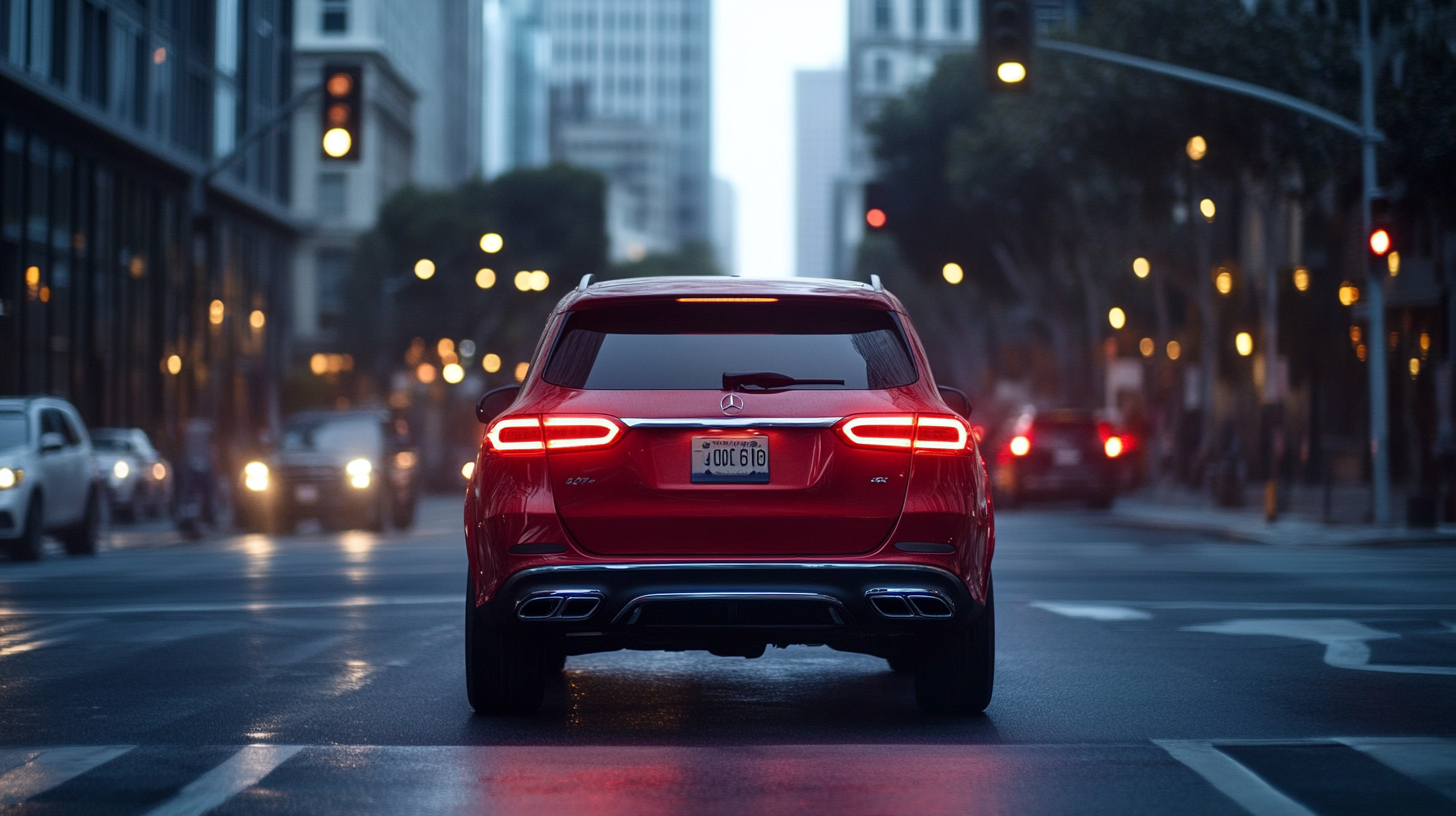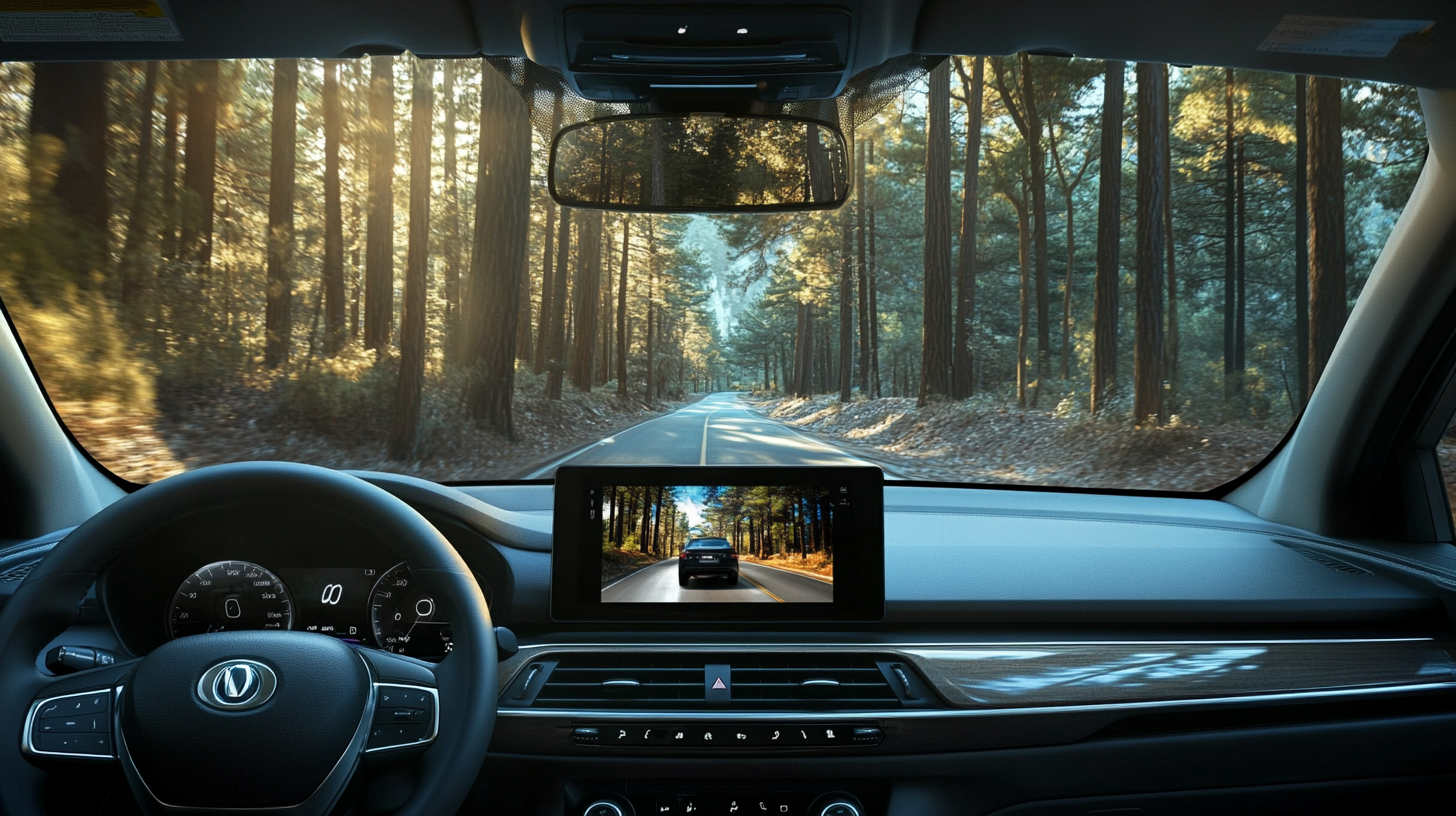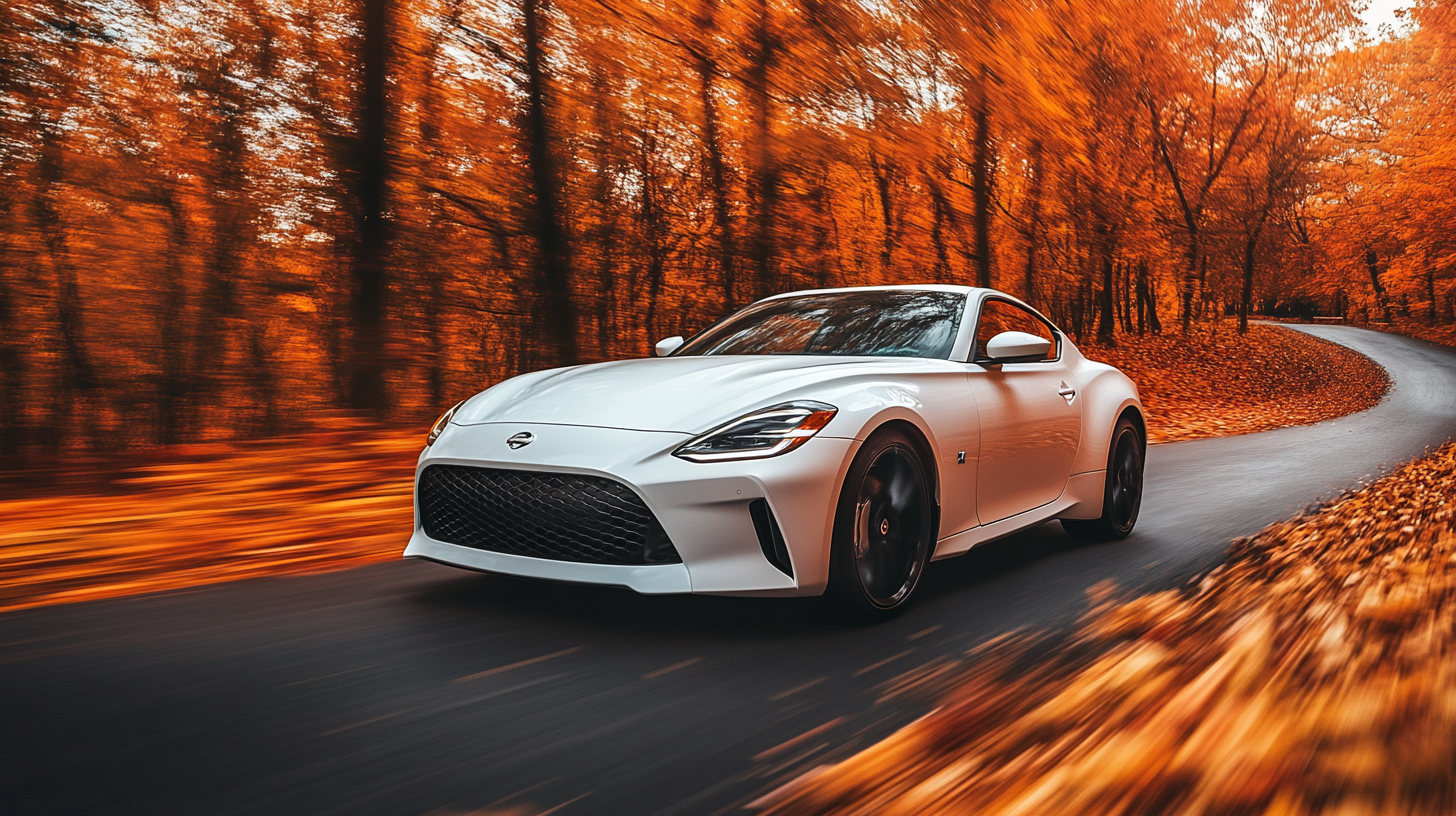Leave Your Message
In today’s fast-paced world, safety on the road has become a paramount concern for drivers everywhere. With increasing traffic and the rising number of vehicles on the road, maneuvering safely in tight spaces or during adverse conditions is more challenging than ever. This is where a backup camera for car technology comes into play, providing drivers with an extra set of eyes to navigate their surroundings seamlessly. By incorporating this innovative device into your vehicle, you can not only enhance your driving experience but significantly reduce the risk of accidents, ensuring the safety of both you and your passengers.
As we delve deeper into the realm of backup cameras, it becomes clear that these devices are not just a luxury, but a necessity for modern drivers. The best backup camera for car use can transform the way you reverse your vehicle, offering crystal-clear visuals and advanced features that assist in avoiding potential hazards. From detecting obstacles to providing real-time guidance, these cameras enhance situational awareness, making every drive a more secure experience. Join us as we explore the top options available on the market that can revolutionize your driving experience and promote car safety like never before.

In today's automotive landscape, the importance of backup cameras for modern vehicles cannot be overstated. According to the National Highway Traffic Safety Administration (NHTSA), backup cameras have been shown to reduce the risk of accidents significantly. Statistics reveal that approximately 210 people die every year in backover incidents, with children and elderly individuals being the most vulnerable. The implementation of backup cameras has the potential to save lives and prevent injuries, making them not just a convenience but a critical safety feature. Moreover, a study conducted by the Insurance Institute for Highway Safety (IIHS) indicated that vehicles equipped with rearview cameras are involved in fewer accidents compared to those without them. The data suggests that backup cameras can decrease the likelihood of crashes by nearly 17%. With such compelling evidence, manufacturers are increasingly including these devices as standard equipment in new car models, aligning with consumer demand for enhanced safety features. Additionally, the integration of advanced technologies, such as adaptive guidelines and obstacle detection, is revolutionizing the functionality of backup cameras. Forbes reported that by 2025, it is expected that over 100 million cars on the road will be equipped with advanced driver-assistance systems (ADAS) that include backup cameras. These advancements not only improve rear visibility but also offer drivers a comprehensive view of their surroundings, ultimately transforming the driving experience into a more secure and confident endeavor.

When choosing a backup camera for your vehicle, several key features can significantly enhance both safety and usability. According to the National Highway Traffic Safety Administration (NHTSA), rear visibility technology, including backup cameras, can reduce backover accidents by up to 50%. This statistic underscores the importance of investing in a quality system that meets your needs.
One of the most essential features to consider is image quality. A camera that provides high-definition resolution ensures that you have a clear view of your surroundings, which is crucial when maneuvering in tight spaces. Look for models that offer at least 720p resolution, as this can greatly improve object detection, especially in low-light conditions. Additionally, a wide viewing angle of at least 120 degrees can provide better coverage of blind spots, making it easier to identify obstacles behind your vehicle.
Another vital feature is durability. Backup cameras are often exposed to harsh weather conditions, so choosing a model with an IP rating (Ingress Protection) is critical. An IP67 rating indicates that the camera is both dust-tight and waterproof, which can ensure reliable performance over time. Moreover, many high-quality backup cameras now come with night vision capabilities, utilizing infrared technology that enhances visibility in low-light situations, adding an extra layer of safety during nighttime driving.
Lastly, consider whether the camera integrates with your vehicle’s existing systems. Models that offer seamless connectivity to infotainment screens can improve the overall driving experience. According to a report from MarketsandMarkets, the global automotive rearview camera market is projected to reach $7.2 billion by 2025, showcasing a growing demand for advanced safety features in vehicles. Investing in a backup camera that boasts the aforementioned features can not only enhance your driving safety but also align with the future of automotive technology.

When it comes to enhancing car safety, investing in a quality backup camera is essential. These devices not only help drivers avoid obstacles while reversing but also significantly reduce the chances of accidents involving pedestrians and other vehicles. With a wide array of options available, you can choose a backup camera that suits your specific needs and vehicle type, ensuring a safer driving experience.
Among the top recommended backup cameras, features like high-definition video quality, wide viewing angles, and night vision capabilities stand out. For instance, many modern backup cameras integrate seamlessly with Apple CarPlay systems, allowing you to access navigation and other apps conveniently. Additionally, these cameras often include guidelines and parking assist features that make maneuvering in tight spots much easier. Embracing these technological advancements can transform your driving routine, making every journey not just safer, but also more enjoyable.
Safety is paramount on the road, and while backup cameras are a vital addition, they can be complemented by other car gadgets designed to boost your safety. Devices like collision sensors, blind-spot monitors, and even portable dash cams can significantly enhance your situational awareness. By integrating a robust backup camera alongside these technologies, you create a comprehensive safety net that will help protect you and your passengers from potential dangers on the road.

As the automotive industry continues to adapt to modern technology, backup cameras have emerged as a lifesaving innovation, fundamentally changing the driving experience. According to a report from the National Highway Traffic Safety Administration (NHTSA), backup cameras can reduce the risk of backover accidents by up to 42%. These statistics underscore the importance of equipping vehicles with such safety features, especially as the prevalence of larger vehicles, like SUVs and trucks, begins to dominate the roadways.
User experience has drastically improved with the incorporation of backup cameras into cars. Drivers now benefit from enhanced visibility and greater awareness of their surroundings, making reversing safer and more efficient. A survey conducted by AAA revealed that over 70% of drivers feel more confident when using a backup camera, which may explain the increasing demand for this technology. The cameras not only assist in detecting obstacles and pedestrians but also help mitigate the stress often associated with parking in crowded spaces, further contributing to a more enjoyable driving experience.
Furthermore, advancements in camera technology have led to features such as grid lines and real-time alerts for nearby objects, refining the driver’s spatial perception. A report by the Insurance Institute for Highway Safety (IIHS) shows that vehicles equipped with backup cameras have observed a significant drop in reimbursement claims for property damage, indicating their effectiveness in accident prevention. The integration of backup cameras into the driving landscape revolutionizes vehicle safety, illustrating a proactive approach to addressing real road hazards.
Installing a backup camera system in your vehicle can significantly enhance safety, providing drivers with a clearer view of their surroundings while reversing. According to the National Safety Council, backup cameras can reduce the risk of backover accidents by up to 47%. This statistic is particularly important considering that over 200 deaths and more than 12,000 injuries occur each year due to such incidents. Thus, the installation of a backup camera is not only a technological upgrade but also a critical safety enhancement for every vehicle owner.
When it comes to installation, many drivers may feel intimidated by the technical aspects. However, the process can be straightforward with the right tools and guidance. Start by selecting a quality backup camera that best suits your vehicle and needs. Many systems come with a detailed installation guide, but online resources and video tutorials can supplement this. Before you begin, ensure you have the necessary tools at hand—typically, a screwdriver, a drill, and wire strippers. Pre-wiring the camera to the vehicle’s reverse lights is essential, as this will power the camera when the vehicle is in reverse.
Next, mounting the camera is crucial for optimal performance. Most drivers install their cameras above the license plate or on the rear bumper, as these locations provide the best field of vision. Professional installation services may be available if you feel more comfortable having an expert handle the setup. Reports from the aftermarket accessory market indicate that nearly 5 million backup camera systems were sold last year alone, reflecting a growing awareness among drivers about the importance of these devices. By following these installation tips, you can enhance your driving experience significantly and ensure a safer environment for everyone on the road.
